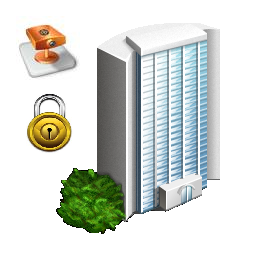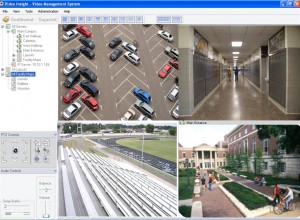Top Three Home Security Tips for Recent Movers
 Moving into a new home is a busy time for families and individuals who are suddenly faced with what seems like endless list of chores they need to accomplish in order to bring the house up to spec. One of the most important considerations when tackling the work that goes into transforming a house into a home is to make sure that your property is safe and secure for everyone who lives inside. Below are three home security tips for recent movers.
Moving into a new home is a busy time for families and individuals who are suddenly faced with what seems like endless list of chores they need to accomplish in order to bring the house up to spec. One of the most important considerations when tackling the work that goes into transforming a house into a home is to make sure that your property is safe and secure for everyone who lives inside. Below are three home security tips for recent movers.
1) Check Locks and Latches
It seems like a relative no-brainer, but it’s easy enough to forget to re-key all of the locks in your new home as soon as possible. Most people will have the front doors done immediately, but it’s crucial to make sure that any side doors, back doors, and gates are also taken care of at the same time. This is especially important given that these entryways are often shielded from view, making them ideal access points for would-be burglars. A check of your house’s window latches and locks is also in order, as these can wear out with time and are frequently a low maintenance priority for sellers. Read more →


 Busy schedules often mean that family members are not always able to arrive home from work or school at the same time. The “latch-key kid” phenomenon is hardly a new one – children and teenagers have been beating their parents back to the house after getting off the school bus for decades – but advances in
Busy schedules often mean that family members are not always able to arrive home from work or school at the same time. The “latch-key kid” phenomenon is hardly a new one – children and teenagers have been beating their parents back to the house after getting off the school bus for decades – but advances in 